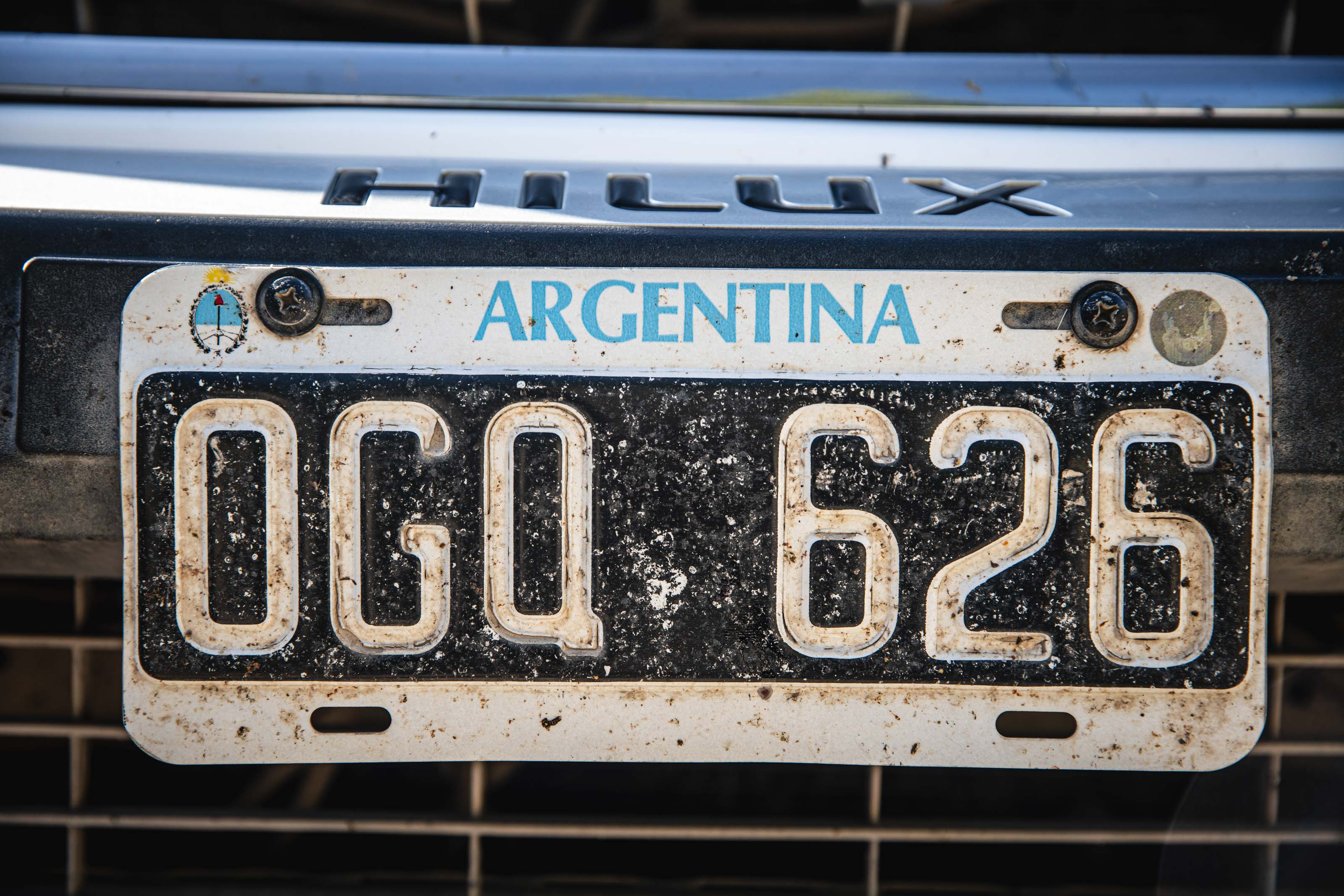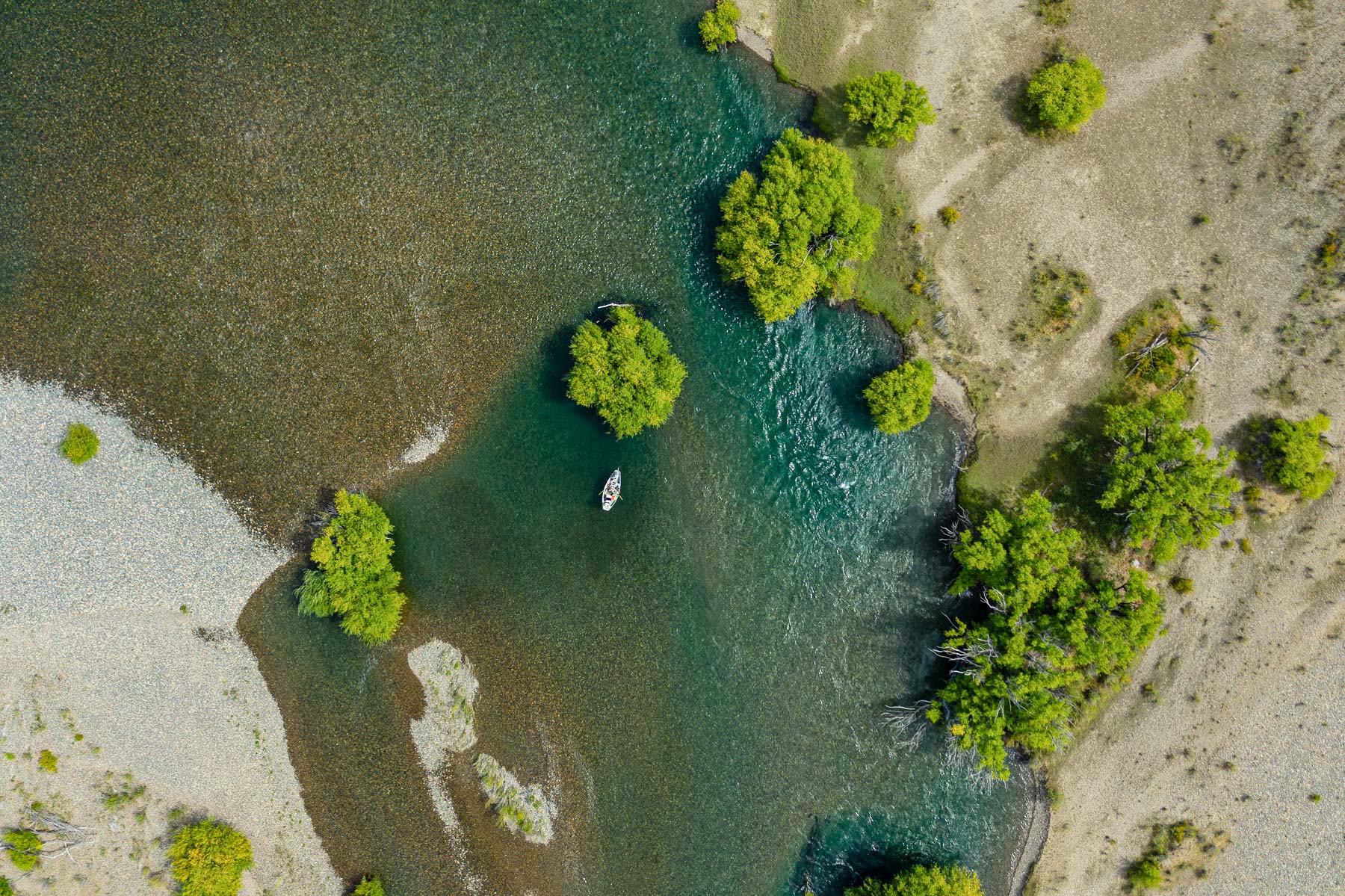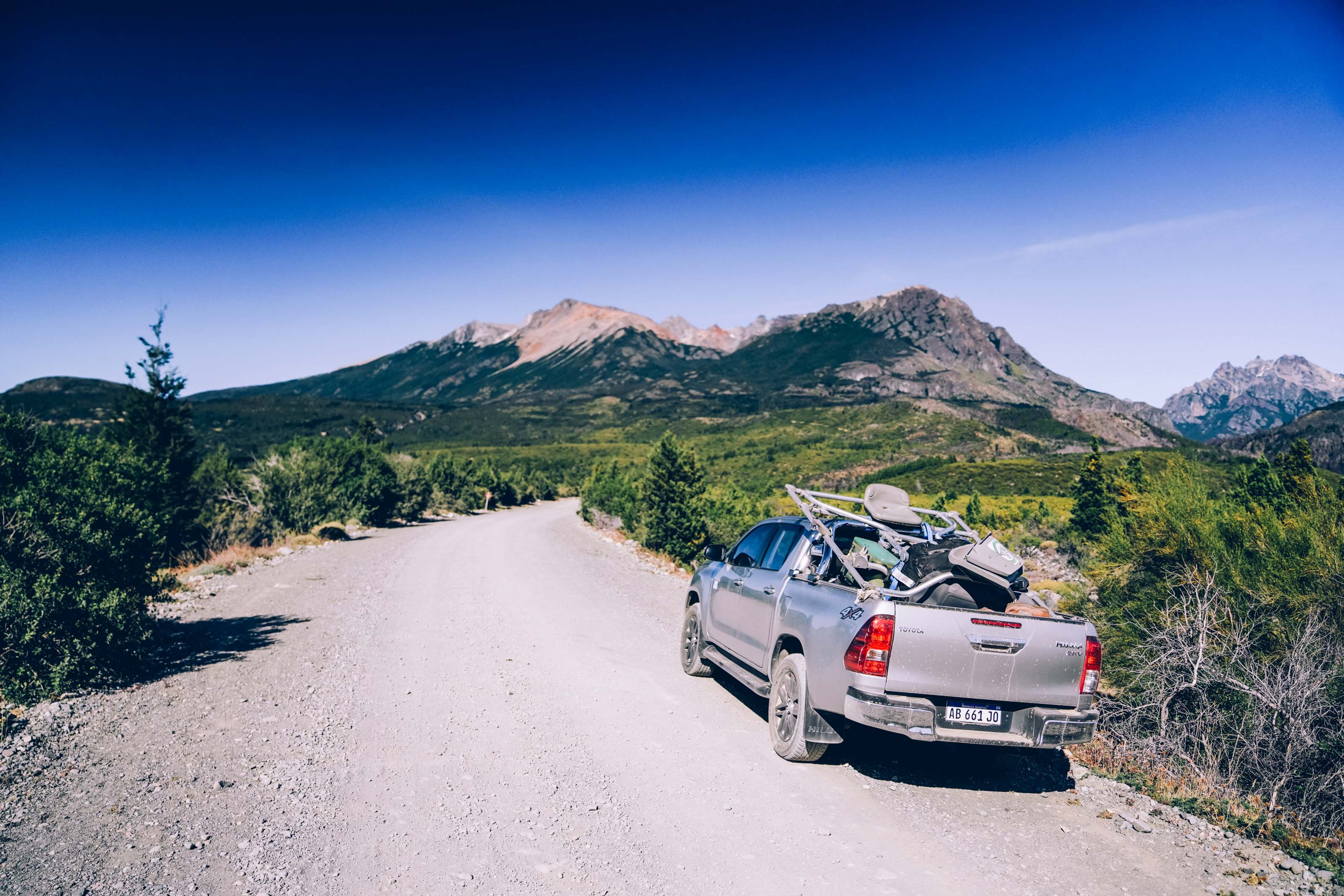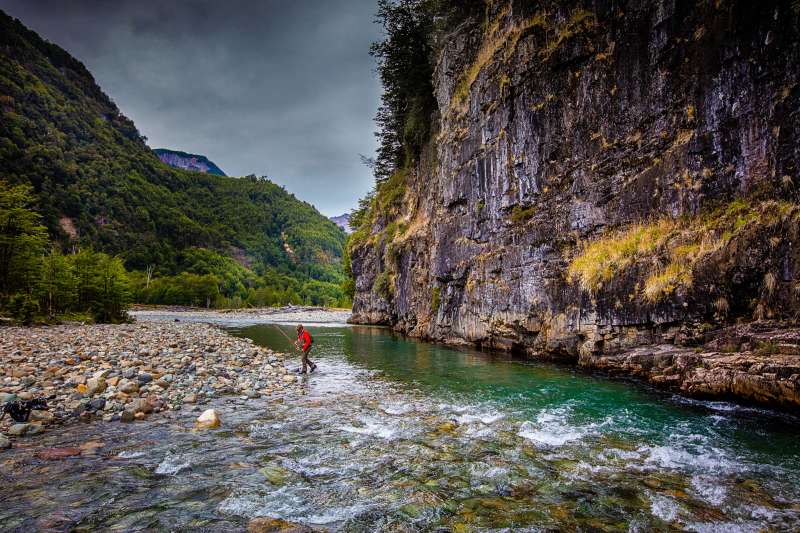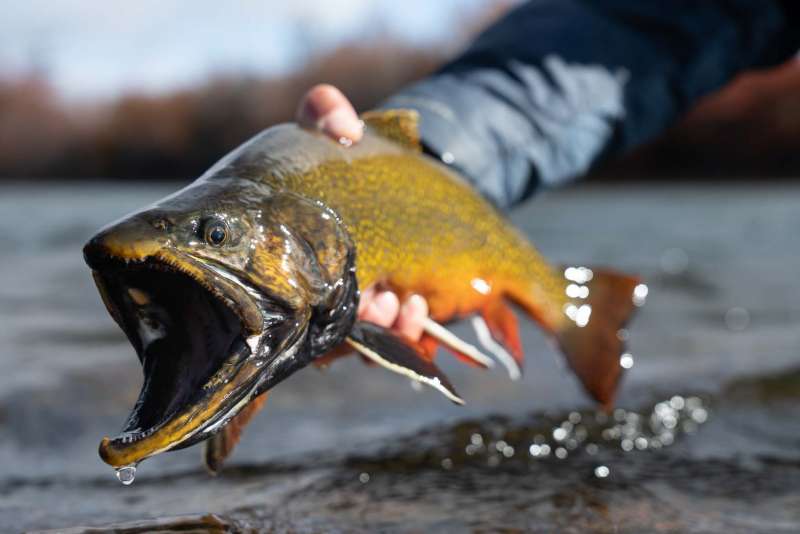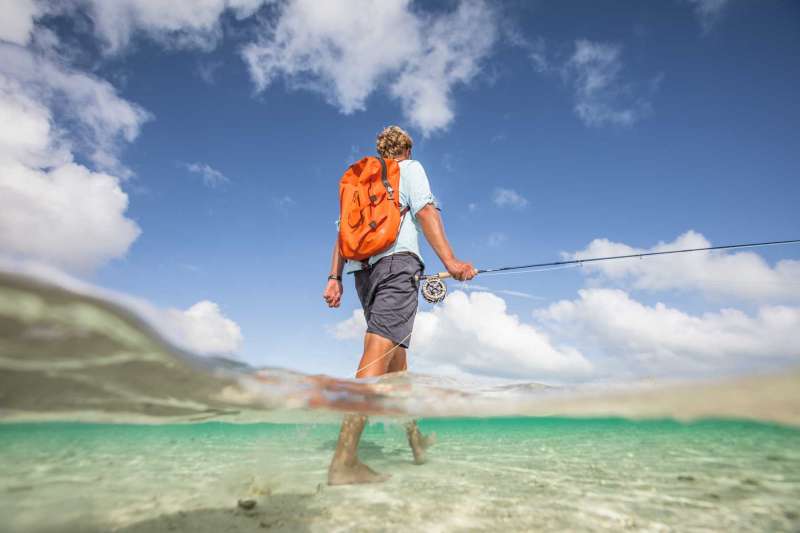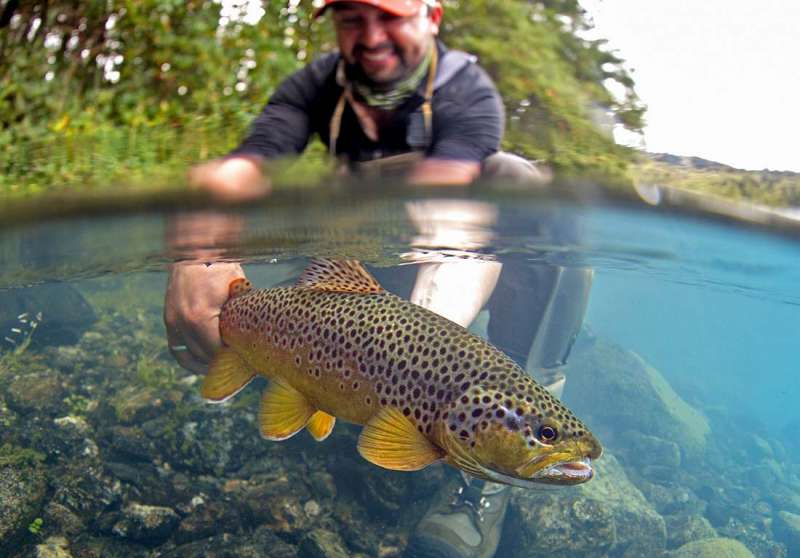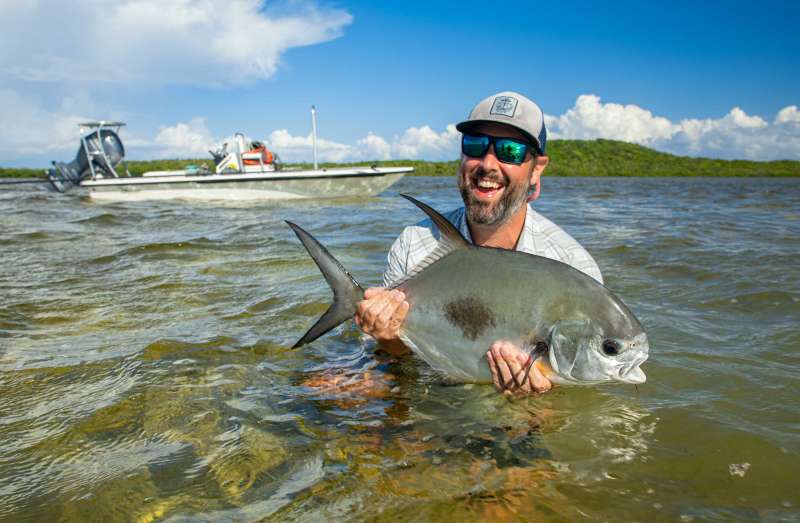Investing in Sustainability
Travel broadens our horizons and fills our souls. It fuels local economies around the globe, providing livelihoods for countless families and individuals. In many rural and remote areas, it drives conservation, by offering alternatives to destructive, extractive industries and supplying incentives to preserve natural environments. But travel also has an impact. And that’s something that even those of us in the travel industry can’t—or at least shouldn’t—ignore.
Because of this reality, we at Hatch Adventure Travel have made an effort to mitigate the impacts of air and other travel we facilitate a core facet of our business—by pledging to offset the carbon output of every trip we sell 150%.
How much more expensive will this make my trip?
Not one penny. The cost of the carbon offset for each trip comes out of our bottom line. Our clients don't pay a single cent more.
Aren’t carbon offsets just a scam?
Carbon offsets are an imperfect, inadequate solution to a complex problem. And some carbon offsets, like many forest protection schemes, have been exposed as little more than a con—in many cases doing nothing to reduce atmospheric carbon. But high-quality carbon offsets help support renewable energy projects, public health initiatives, and other sustainable development in vulnerable regions and contribute to climate justice by improving the lives of those least responsible for anthropogenic global warming.
Verifiable, traceable, real Offsets
All of the carbon offsets Hatch Adventure Travel purchases are standardized, tracked, and verified by independent third party auditors. They’re also certified as additional, which means that the emissions reductions would not have otherwise happened without the offset-funded project. At this time, all offsets are purchased through GoldStandard—an internationally recognized, ISEAL standardized, voluntary carbon offset program focused on helping to achieve the United Nation's Sustainable Development Goals.
What projects get funded?
Hatch Adventure Travel makes a deliberate effort to fund projects that directly impact the places our travelers visit. Half of the dollars we invest in carbon offsets go to funding projects directly tied to these communities. When it is not possible to find verified, standardized, co-located projects, we make every effort possible to fund projects that are geographically adjacent to our destinations. Travelers visiting Chile, for instance, may help fund projects that reduce carbon in neighboring Peru.
The other half of the dollars we invest in carbon reduction go into GoldStandard’s Climate+ offset, a hybrid fund that helps propel a variety of projects – from clean cooking solutions to renewable energy – reaching all corners of the globe.
Why 150%?
For each of the trips we facilitate, air travel represents the lion’s share of the carbon emissions created by that traveler. Other aspects of the trip, whether ground transportation, use of energy or consumption of goods and services at the destination, or so on—pale in comparison to the carbon emissions generated by air travel. The carbon emissions generated by air travel are also the easiest to estimate.
Our formula is simple, if a bit imprecise. For each trip, we calculate the metric tonnes of CO2 generated by the associated round trip air travel and multiply it by 1.5. The reason for the extra 50%? Also simple. Because the other carbon emissions generated by the trip are difficult to impossible to calculate, by adding an extra 50% to the outsized impact of air travel, we can be reasonably confident we’ve offset all of the emissions generated by the trip—and then some.

